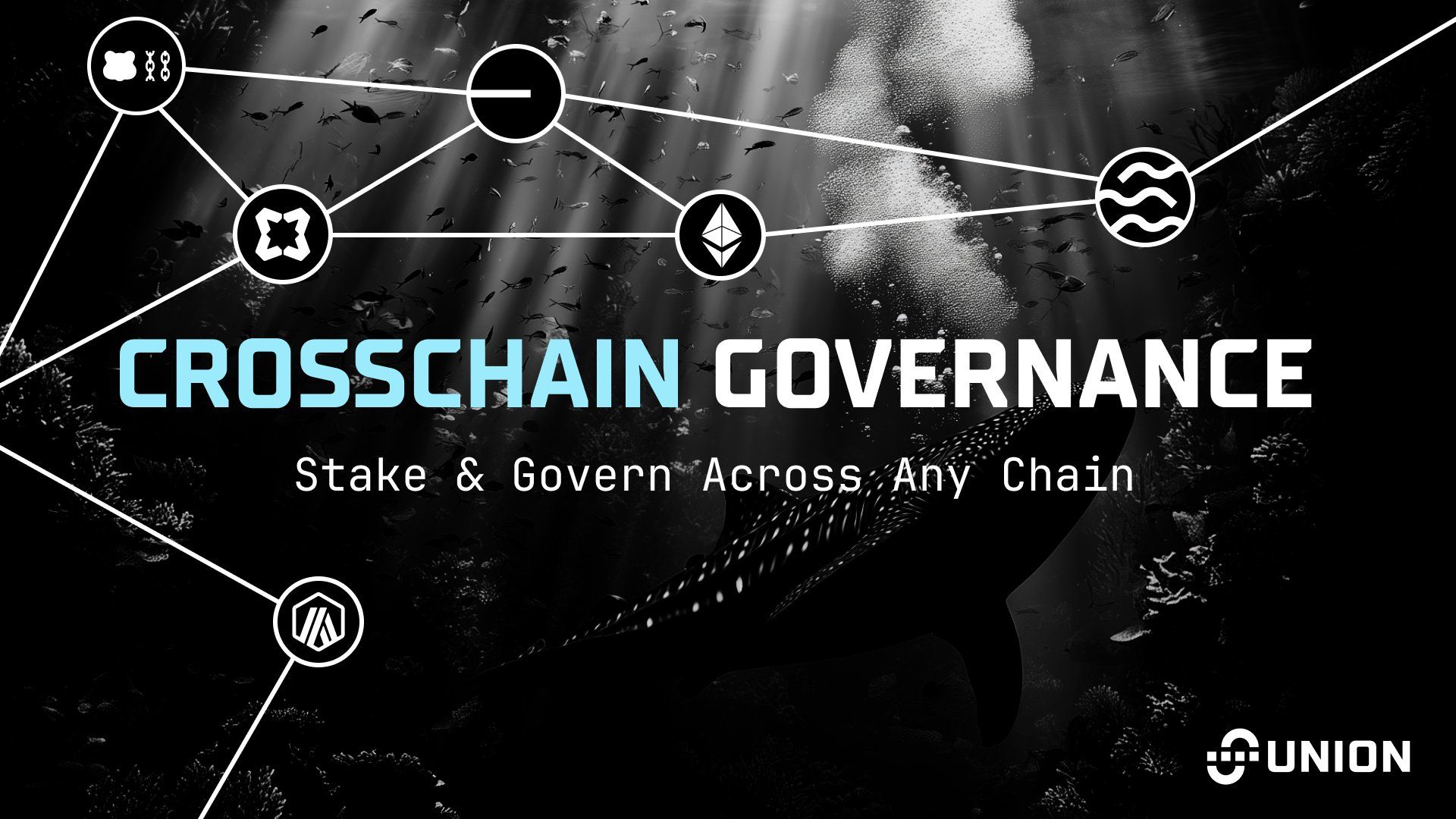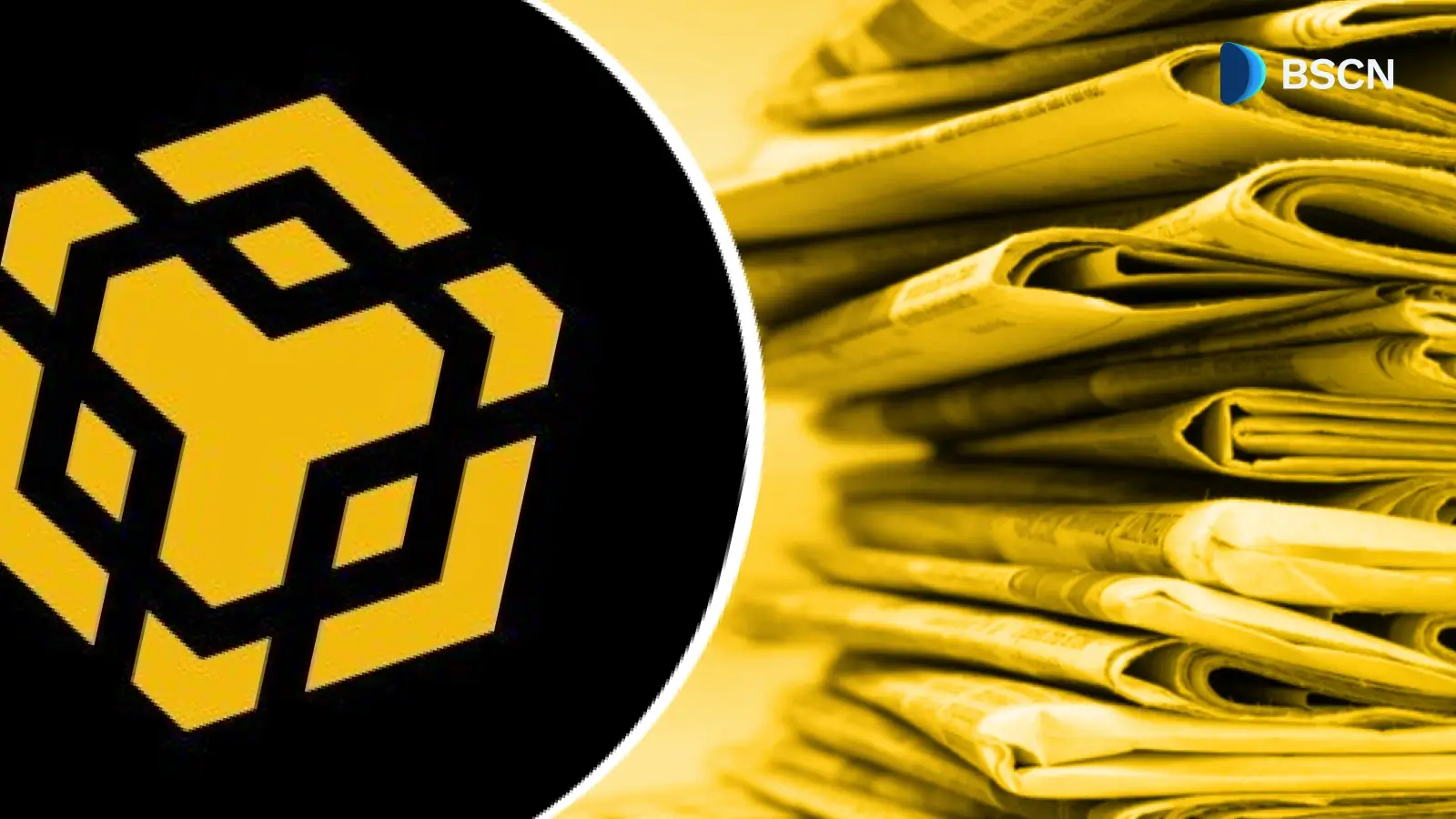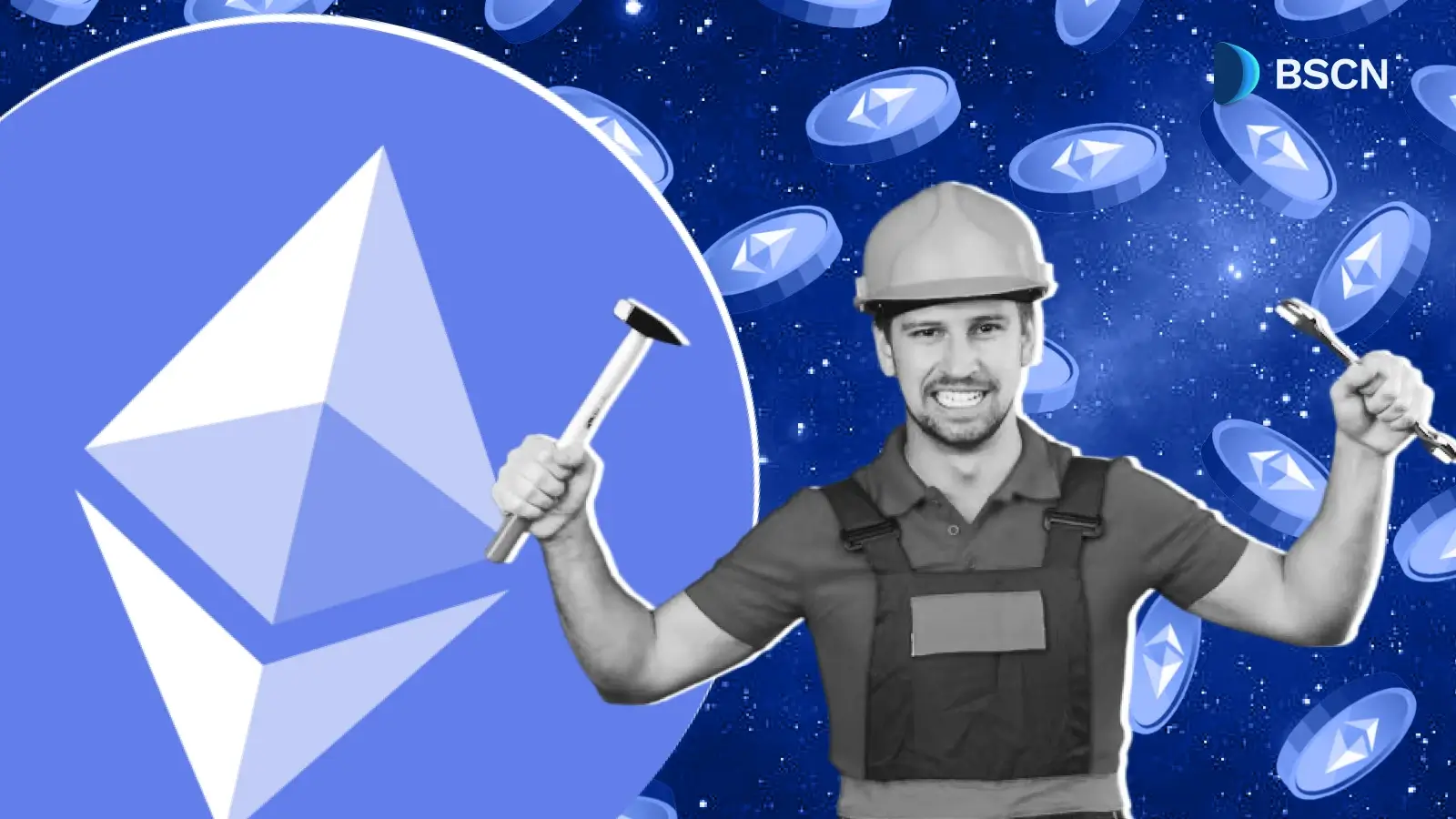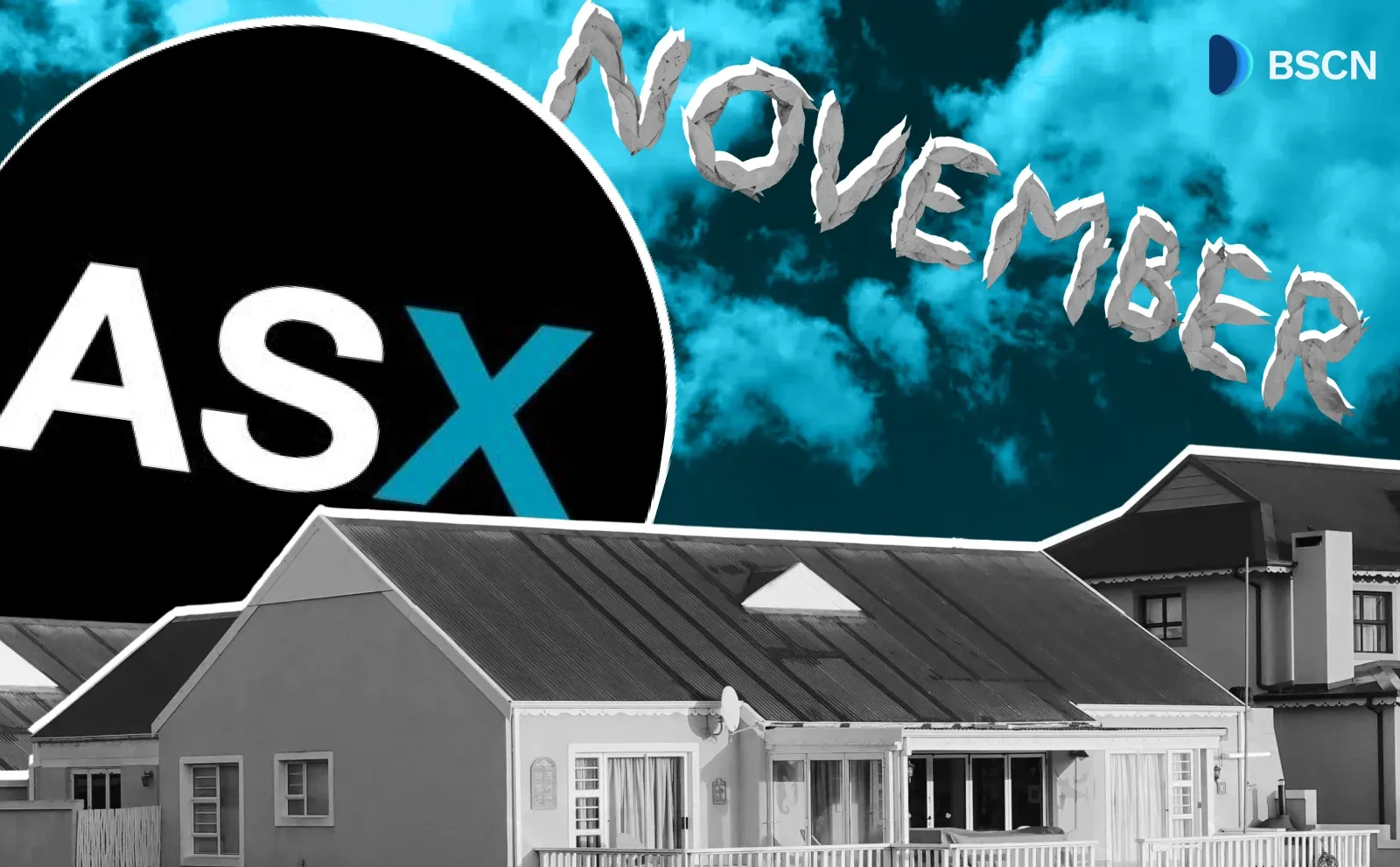Research
(Advertisement)
Union Targets Q3 2025 Mainnet with Trustless Cross-Chain Infrastructure

Union plans trustless cross-chain communication using zero-knowledge proofs and BLS signatures. Mainnet planned for Q3 2025 after $12M Series A funding round.
Crypto Rich
June 20, 2025
(Advertisement)
Table of Contents
Cross-chain bridges have lost over $2.8 billion to hacks and exploits, representing nearly 40% of all funds stolen in Web3, according to Chainlink security data. The culprit? Most rely on trusted validators or oracle networks that create single points of failure. Union thinks it has found a better way.
Instead of trusting intermediaries, Union operates as a zero-knowledge infrastructure layer (cryptographic technology that verifies transactions without exposing sensitive data) that enables direct communication between major blockchain networks. The protocol uses advanced cryptographic techniques that eliminate traditional bridge dependencies on external validators, creating what developers call "trustless" cross-chain communication.
What Makes Union Different
How does Union differ from existing solutions? The answer lies in consensus verification. Instead of trusting external validators or oracle networks, Union's validators on one blockchain directly verify that consensus was achieved on another chain before processing any transfer.
This eliminates intermediaries entirely. There are no trusted third parties, no multi-signature schemes, and no external oracles that could fail or be compromised.
The protocol implements Groth16 zero-knowledge proofs (a cryptographic method for verifying information without revealing it) combined with BLS (Boneh-Lynn-Shacham) signatures to achieve what Union claims could be subsecond cross-chain messaging under optimal conditions. These aren't just buzzwords - they represent real technological advances that enable application-specific transfers while building on the proven Inter-Blockchain Communication (IBC) protocol to extend capabilities beyond the Cosmos ecosystem.
However, actual performance will vary significantly depending on the source and destination blockchains involved, with networks like Bitcoin presenting inherent timing constraints that could extend transaction finality well beyond subsecond targets.
Technical Infrastructure and Capabilities
Currently, Union connects Ethereum and Cosmos networks, with Bitcoin integration arriving through BTCfi infrastructure (Bitcoin DeFi protocols). The team recently developed a BNB Chain light client (software that verifies blockchain data without downloading full transaction history) - a critical piece that will expand Union's reach into Binance's massive ecosystem.
But what can users actually do with Union? The technical capabilities span four key areas:
- Cross-Chain Asset Transfers: Secure movement of cryptocurrencies and tokens between supported blockchain networks without requiring wrapped tokens or centralized exchanges, maintaining native asset properties throughout the transfer process.
- General Message Passing: Communication layer that allows smart contracts and applications on different blockchains to send data and execute commands across networks, enabling complex cross-chain application logic.
- NFT Interoperability: Native support for moving non-fungible tokens between chains while preserving metadata, ownership history, and provenance information that traditional bridges often fail to maintain.
- DeFi Integration: Optimized infrastructure for decentralized finance applications requiring rapid cross-chain execution, including arbitrage opportunities, yield farming strategies, and liquidity provision across multiple networks.
These capabilities are powered by Union's zero-knowledge infrastructure, which processes operations with minimal computational overhead while maintaining the security guarantees that make consensus verification possible.
Recent Development Milestones
Union hit several major milestones in 2024 and 2025. The public testnet launched on June 26, 2024, giving users their first chance to test cross-chain transfers at app.union.build. Early results were promising: users completed 200 transfers in just 25 minutes between test networks like Corn and Sei.
Then came June 2025's record-breaking achievement. Union completed what they call the largest decentralized Groth16 Trusted Setup Ceremony to date, involving 4,664 contributors. This wasn't just a technical milestone - it was a demonstration of community commitment to decentralized infrastructure.
The same month brought cross-chain governance capabilities. Users can now stake tokens and participate in governance decisions across multiple blockchain networks simultaneously. For Union, this represented one of the final major components before their planned mainnet launch.
Mainnet Launch and Market Positioning
Mainnet launch is scheduled for Q3 2025 - sometime between June and September. This timeline follows extensive testing and the completion of key infrastructure components, including cross-chain governance and new blockchain connections.
Why does this matter? Union's consensus verification method provides stronger security guarantees by eliminating external dependencies that existing solutions rely on through trusted validators, oracle networks, or multi-signature schemes.

Community Engagement and Ecosystem Development
Union's gamified approach to community building centers on their dashboard at app.union.build. Users complete missions, unlock achievements, and compete on leaderboards - all while testing the protocol's capabilities ahead of mainnet launch.
The engagement strategy covers multiple fronts:
- Testnet Participation: Users can connect wallets and test cross-chain transfers between supported networks, with consistent activity improving leaderboard rankings and potentially increasing eligibility for future token distributions.
- Mission Completion: Gamified tasks and challenges available through the Union dashboard that reward users with achievements and points, creating incentives for ecosystem exploration and feedback provision.
- Social Media Engagement: Active community presence on X (@union_build) and Discord channels where users receive development updates, participate in discussions, and access exclusive information about upcoming features.
- Developer Programs: U Combinator incubator program in collaboration with Cracked Labs, inviting 50 teams to compete for Union Fellows positions and fostering innovation within the growing ecosystem.
Developers interested in building on Union can access technical documentation at docs.union.build or contribute to the protocol's development through its GitHub repository, which shows active development with 286 branches, over 13,000 commits, and frequent updates, indicating robust ongoing development across multiple components.
Community Speculation and Token Distribution
Community speculation extends beyond airdrops. Posts on social media suggest Union may launch on Binance Launchpool between June and August 2025, though these remain unconfirmed rumors without official validation from Union or Binance. While such speculation reflects growing community interest, readers should treat these claims as unverified social media chatter rather than confirmed plans.
Meanwhile, community guides on platforms like CryptoRank.io and Airdrops.io outline potential airdrop eligibility for testnet participants, though Union hasn't officially announced any token distribution plans.
Cross-Chain Infrastructure Impact
Union's zero-knowledge approach addresses several limitations of current interoperability solutions. Traditional bridges often require users to trust validator sets or oracle networks (external data providers), creating potential security vulnerabilities and centralization risks.
The protocol's consensus verification method enables direct communication between blockchain networks without introducing additional trust assumptions. This design could reduce the risks associated with cross-chain asset transfers that have resulted in significant losses through bridge exploits.
Union's claimed subsecond messaging capability could enable new types of cross-chain applications, particularly in decentralized finance where timing and execution speed affect trading outcomes and arbitrage opportunities. However, these performance claims are based on optimal conditions and may not apply uniformly across all blockchain combinations, especially those involving networks with inherent timing constraints.
Development Roadmap and Future Connections
Union's technical roadmap includes expanding connections to additional blockchain networks beyond its current Ethereum, Cosmos, and Bitcoin focus. The BNB Chain light client represents the first step in this expansion, with potential for further network integrations.
The protocol's modular design allows for the addition of new blockchain connections through the development of specialized light clients (lightweight verification software). Each new connection extends Union's reach while maintaining the security properties of the consensus verification system.
Union's documentation at docs.union.build provides technical specifications for developers interested in building applications that leverage cross-chain functionality. The protocol's GitHub repository shows active development with 286 branches, over 13,000 commits, and frequent updates, indicating robust ongoing development across multiple components.
Market Position and Competitive Landscape
The interoperability space is crowded. Established players include Chainlink's Cross-Chain Interoperability Protocol (CCIP), LayerZero, and dozens of bridge solutions that have captured billions in total value locked. So, where does Union fit?
Union's differentiator lies in its trustless consensus verification approach combined with zero-knowledge implementation. While competitors often rely on validator sets or oracle networks, Union eliminates these intermediaries entirely.
Speed matters too. The protocol's claimed subsecond messaging capability addresses a real pain point for cross-chain DeFi applications, where latency can mean the difference between profitable arbitrage and missed opportunities. However, these performance targets represent ideal conditions and may not reflect real-world performance across all supported networks, particularly when Bitcoin's longer block times are involved. Applications requiring rapid cross-chain execution could find Union's performance characteristics compelling, though actual speeds will depend on the specific blockchain combinations used.
Funding and Project Positioning
Union's $12 million Series A equips the team with strong resources to accelerate development and grow the ecosystem. This funding round, completed in December 2024, followed a $4 million seed round from November 2023, bringing total funding to $16 million and positioning the protocol competitively within the interoperability sector while supporting an ambitious technical roadmap that includes Bitcoin, Ethereum, and expanding blockchain integrations.
It's worth noting that Union should not be confused with other similarly named projects like UNION Governance, Union Finance, or Union Chain, which serve different purposes in the crypto ecosystem.
Conclusion
Union takes a fundamentally different approach to blockchain interoperability. By eliminating trust assumptions through consensus verification and zero-knowledge cryptography, it aims to solve problems that have plagued cross-chain infrastructure since its inception.
The upcoming Q3 2025 mainnet launch will be the real test. Union's technical promises around trustless communication and subsecond messaging speeds sound impressive on paper, but production environments across Bitcoin, Ethereum, and Cosmos networks will determine whether the protocol delivers on its capabilities.
Community engagement through gamified testnet activities and developer incentive programs shows Union understands that technology alone isn't enough. Building ecosystem adoption requires sustained effort to attract both users and developers to the platform.
As Union prepares for launch, success will ultimately depend on execution. Can they deliver the technical performance they promise? Will developers build on their infrastructure? For more information or to get involved, visit union.build and follow updates at @union_build on X as the protocol moves toward its mainnet milestone.
Read Next...
Disclaimer
Disclaimer: The views expressed in this article do not necessarily represent the views of BSCN. The information provided in this article is for educational and entertainment purposes only and should not be construed as investment advice, or advice of any kind. BSCN assumes no responsibility for any investment decisions made based on the information provided in this article. If you believe that the article should be amended, please reach out to the BSCN team by emailing [email protected].
Author
 Crypto Rich
Crypto RichRich has been researching cryptocurrency and blockchain technology for eight years and has served as a senior analyst at BSCN since its founding in 2020. He focuses on fundamental analysis of early-stage crypto projects and tokens and has published in-depth research reports on over 200 emerging protocols. Rich also writes about broader technology and scientific trends and maintains active involvement in the crypto community through X/Twitter Spaces, and leading industry events.
(Advertisement)
Latest News
(Advertisement)
Crypto Project & Token Reviews
Project & Token Reviews
Comprehensive reviews of crypto's most interesting projects and assets
Learn about the hottest projects & tokens
Latest Crypto News
Get up to date with the latest crypto news stories and events














